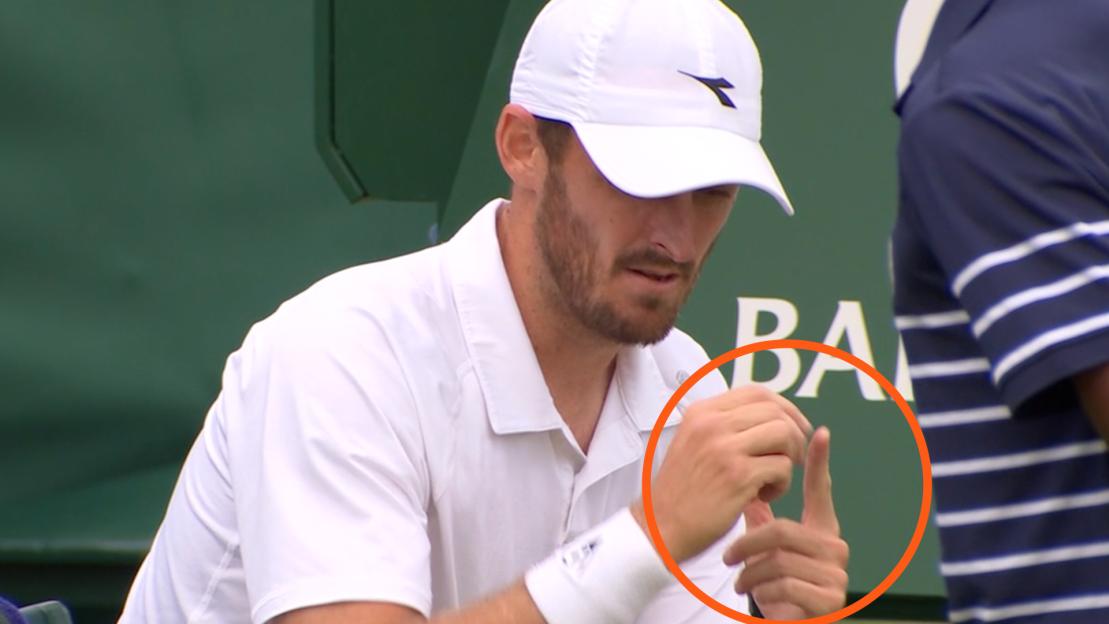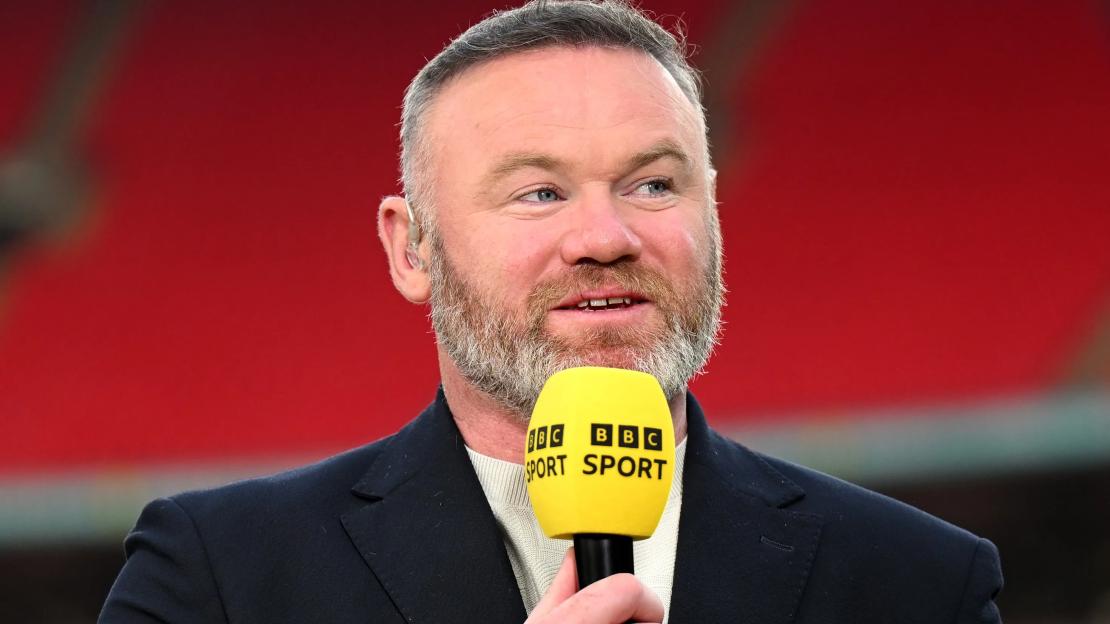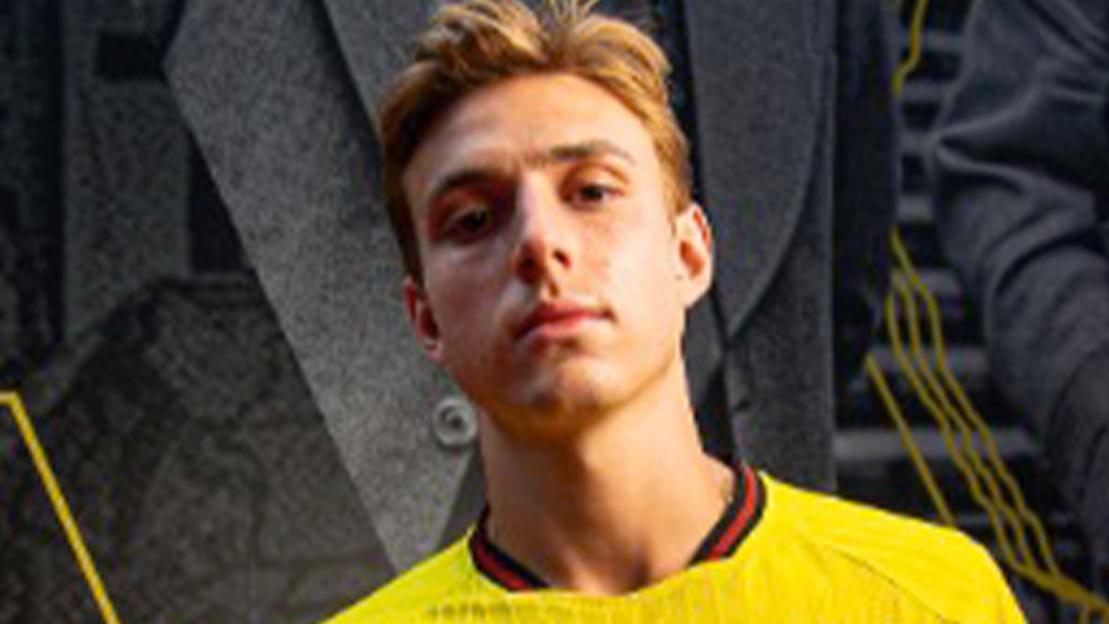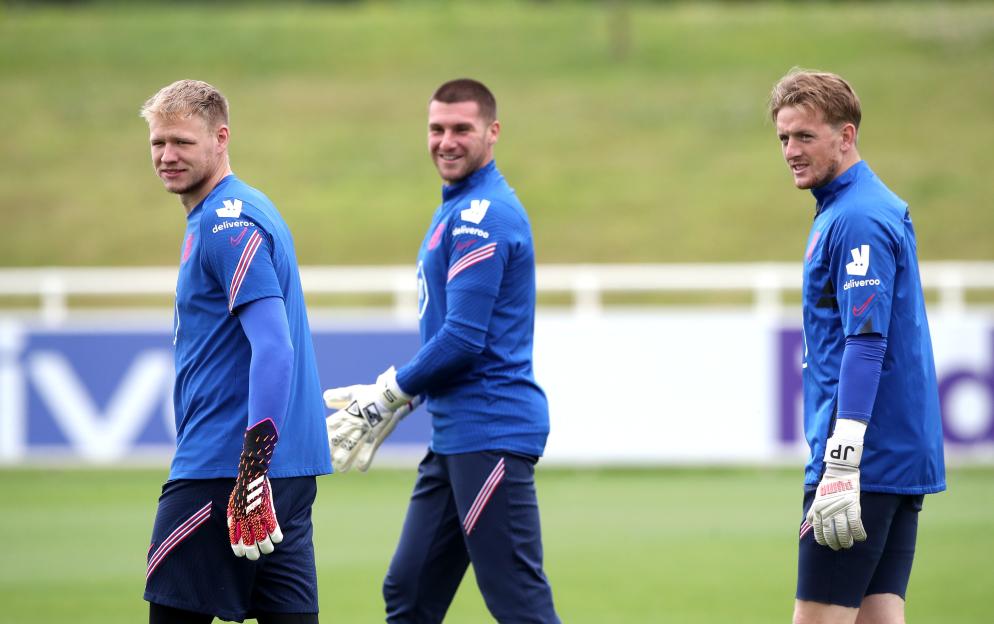As Cafu and Roberto Carlos sit up in the stands watching Brazil in the World Cup, they may well be reflecting that they do not have successors in the current team.
Brazil pioneered the back four, unleashing it in a World Cup for the first time in 1958, when, with extra defensive cover, they did not concede a single goal until the semi final.
Dropping an additional player into the heart of the defence had the effect of pushing the full backs out wider. They soon realised that they had a corridor of space in front of them that they could exploit.
In that 1958 World Cup, Nilton Santos charged all the way up from left back to score a goal – something that was almost unthinkable at the time.
The tradition was developed – who can forget Carlos Alberto bursting forward to seal the 1970 World Cup triumph with a blistering finish against Italy? The attacking full back became synonymous with Brazilian football.
These players were more auxiliary wingers than proper defenders – and in that last World Cup win in 2002 Brazil ended up fielding three centre backs so that Cafu and Roberto Carlos could have maximum freedom to bomb forward.
But times have changed. One of the most striking developments in recent years has been Brazil’s developments of wide strikers. Centre forward has been a problem – one that Richarlison is currently solving.
But they have more wide strikers than they know what to do with. This is reflected in the World Cup squad, where Antony and Gabriel Martinelli have to wait for their chance while Raphinha and Vinicius Junior are on the team sheet.
And if the team have genuine wingers, there is little need for full backs to duplicate the function.
The role of the full back, then, has changed. Coach Tite makes this clear. He says that he is not looking for Liverpool full backs.
Rather than the buccaneering wing play of Trent Alexander-Arnold and Andrew Robertson, he wants Manchester City style players – full backs who may occasionally appear in the attacking line as an element of surprise, but whose basic role is to tuck in and make the extra man in midfield, hold the defensive line and also construct from deep.
The switch in emphasis explains why it is not proving easy to fill the position. The first choices are the Juventus pair of Alex Sandro and Danilo – good players both, but hardly world beaters.
And there is little strength in depth – hence the fact that 39-year-old Daniel Alves is still in the squad, and centre back Eder Militao is being improvised in the right back position.
Brazil is not yet producing players who are tailor made for this new interpretation of the function.
The role of full back is now much less glamorous and eye catching than it was in the days of Cafu, Roberto Carlos and countless others. But it is no less important.
In the Qatar World Cup – and over the last few years – Brazil have shown a striking defensive solidity. That is despite playing a side with two wingers and a centre forward, plus Neymar and Lucas Paqueta.
Holding midfielder Casemiro is receiving a lot of credit for keeping the opponents at bay. It is well deserved, but it must also be shared with the defensive unit behind him, where the more defensive positioning of the full backs, for example, is a great aid to the 38-year-old legs of Thiago Silva.
Should Brazil go on to lift World Cup number six, it is unlikely that in decades to come Danilo and Alex Sandro will be watching matches from the FIFA VIP lounge.
But Brazil’s Manchester City style full backs are still making an important contribution.





